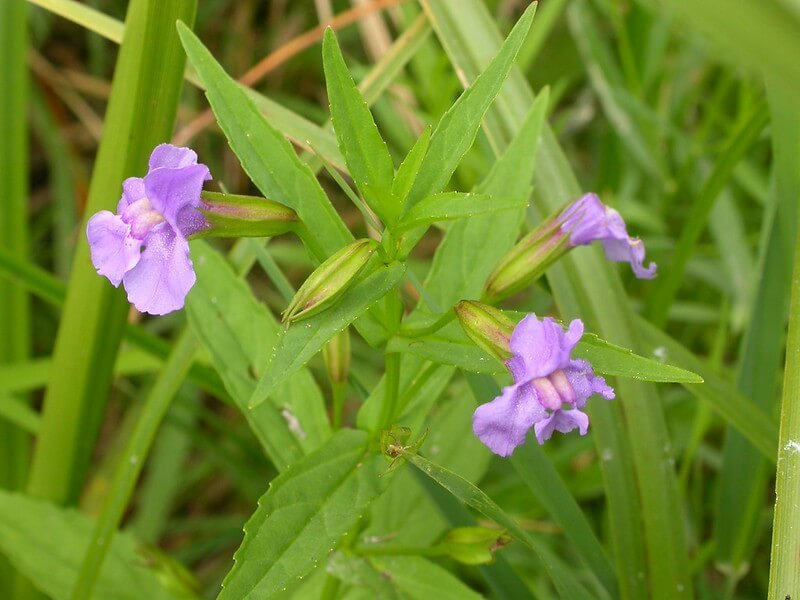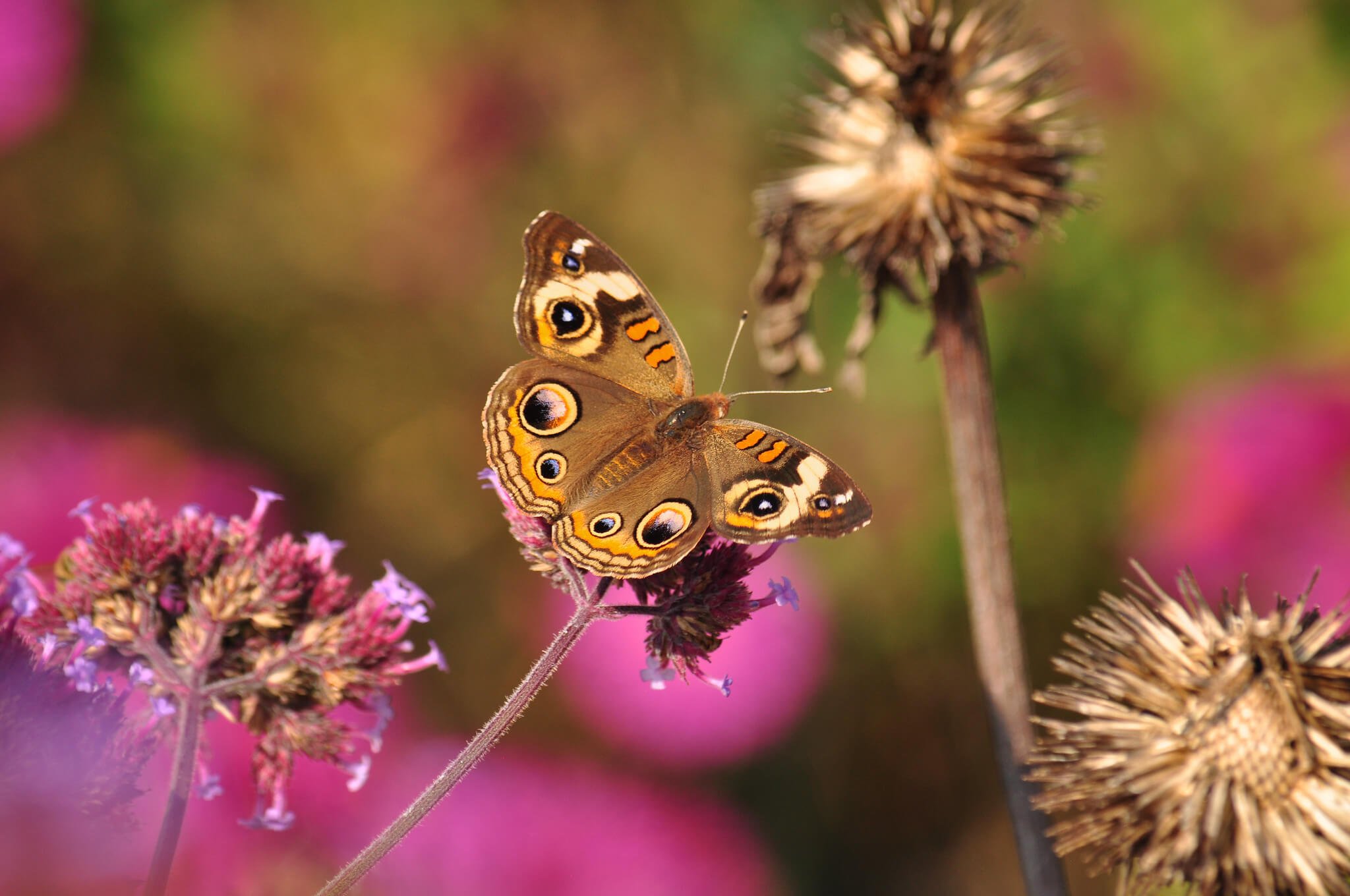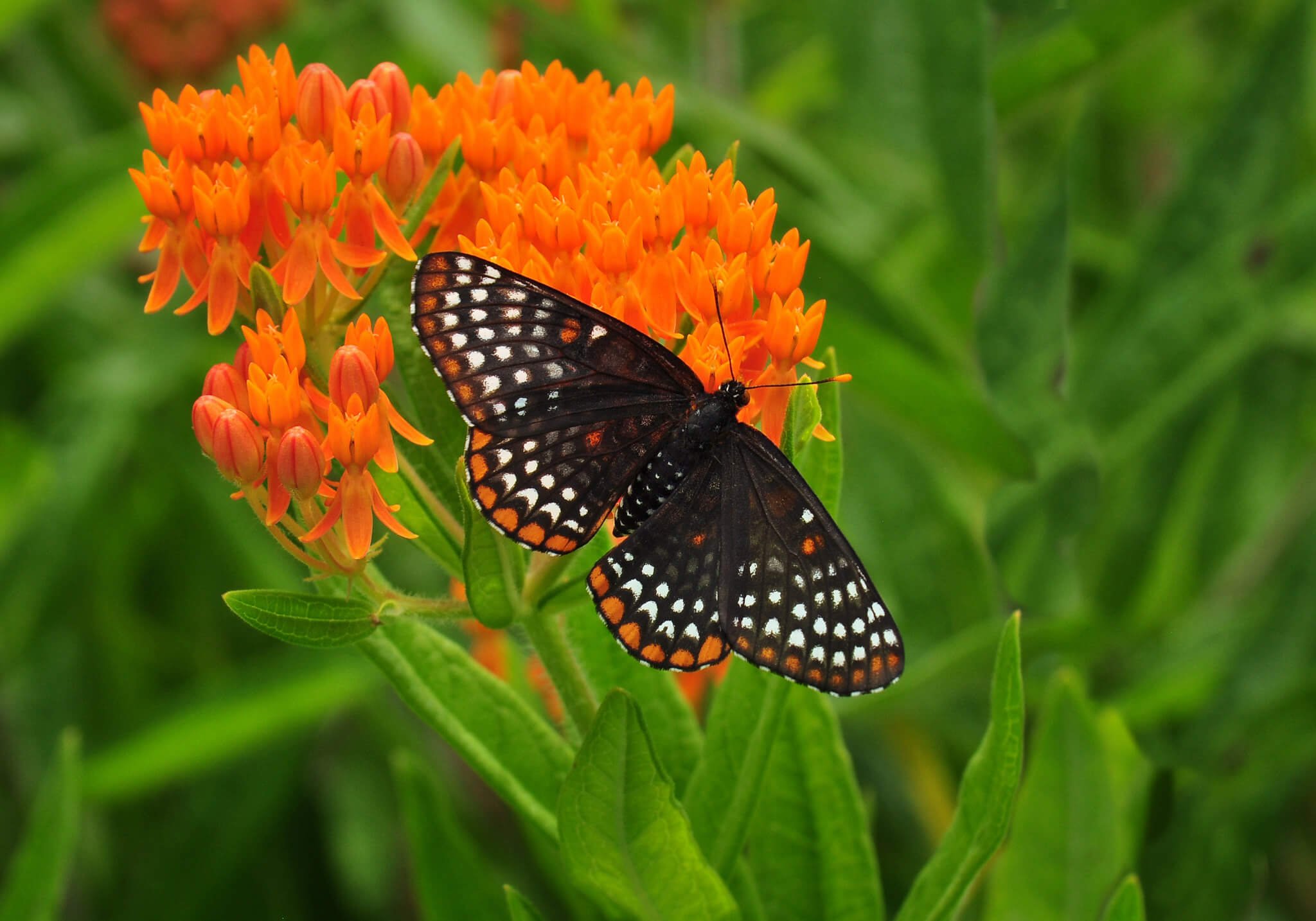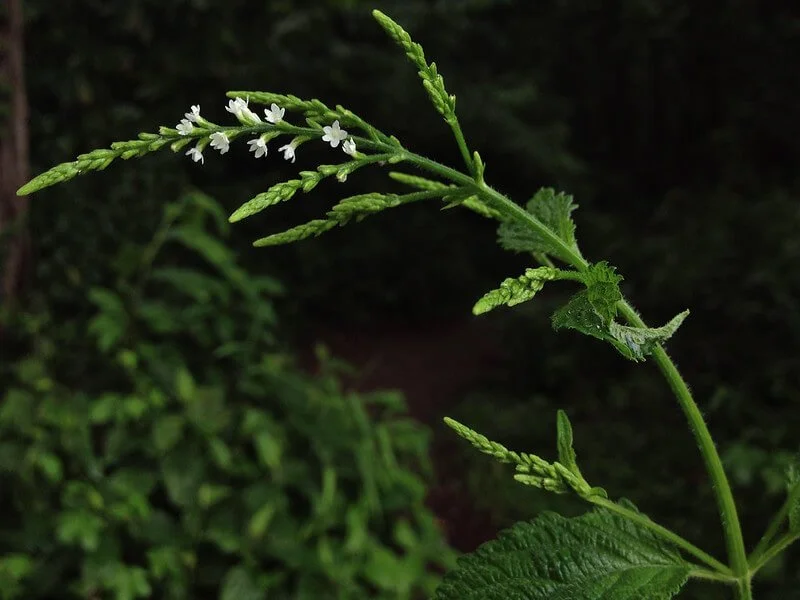Life Cycle: Perennial
Sun Exposure: Full-Partial
Soil Moisture: Wet-Medium/wet
Height: 1-3 feet
Plant Spacing: 1-2 feet
Bloom Time: June-September
Bloom Color: Pale blue-violet
Advantages: Bird Favorite, Deer Resistant
Host Plant: Common Buckeye, Baltimore Checkerspot, and 3 other species of butterflies and moths use this as a caterpillar host plant in our area (nwf.org)













